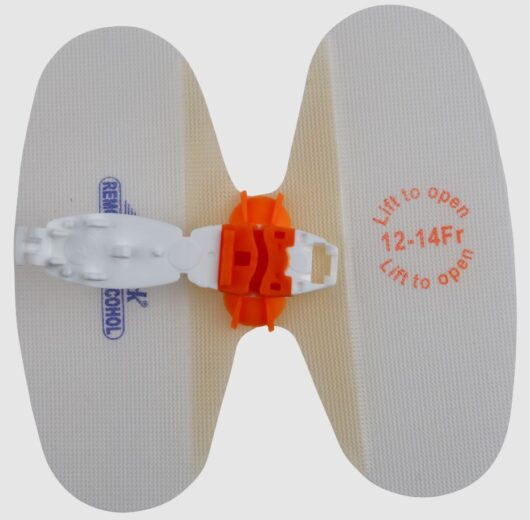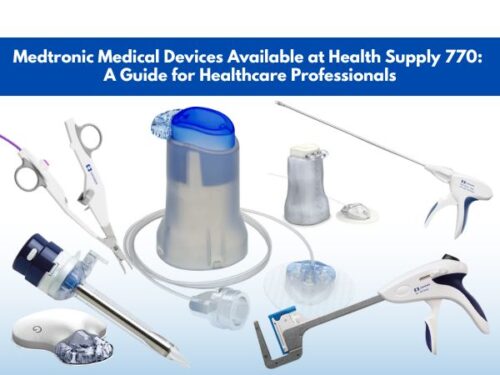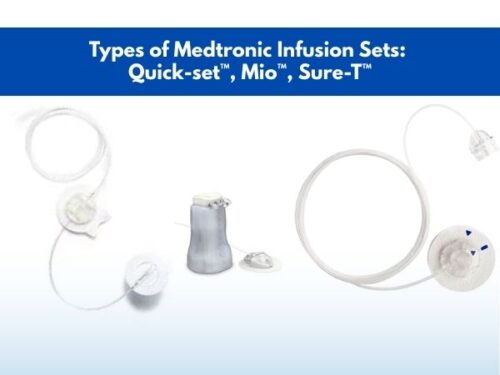What is the StatLock Stabilization Device and How Does it Work?

The incidents of dislodgement as well as accidental falls are frequent with the use of catheters. To prevent these incidents, suturing or taping the catheter tube with the skin are the commonly employed methods but both of these come along with their own side effects ranging from frequent falls, discomfort, pain, or infections.
However, the latest development in the field of medical devices is the designing and manufacturing of StatLock stabilization devices which have the capability to hold the catheter tubing with nearly no adverse effects at all. Here is a brief account of what a StatLock stabilization device is and how it works.
What is the StatLock stabilization device?
A StatLock stabilization device is an adhesive device that is employed to hold the catheter affixed and locked to its place.

StatLock stabilization device
Characteristic features of the StatLock stabilization device
The StatLock catheter stabilization device has the following characteristic features:
- The StatLock devices are single-use medical instruments.
- It has easy and reliable adherence to the skin owing to its adhesive core. Moreover, the device can be rapidly detached from the skin after use.
- The StatLock stabilization devices are sterile and 100% latex-free.
- The anchor pad of the StatLock device is made using tricot polyester which is a breathable material.
- The device possesses high adsorbent power due to its hydro-colloidal nature.
- The hypoallergenic adhesive system of the StatLock stabilization device is safe for the skin.
- The lock-tight securement system attached to the StatLock device keeps the catheter fixed and eliminates the chances of accidental catheter dislodgements which are highly painful and discomforting to the patient.
- The entry angle of the catheter tubing retainer is designed in a way to avoid kinking e. knotting on itself of the catheter which, in severe cases, leads to occlusion.
- With the employment of a stabilization device, the need for taping or suturing the catheter to the skin is eliminated. This diminishes the chances of any catheter-related infections.
- While working with the StatLock stabilization device, the risk of needle stick injuries is also reduced.
- These StatLock stabilization devices are marketed in different sizes suitable for all age groups i.e. starting from pediatric sizes to those for adult patients.
Components of a StatLock stabilization device
The StatLock stabilization devices have a simple design yet a significantly bigger job to do. The structural design of the device is very basic as it is based on an adsorbent adhesive backing to which a jaw or clamp is attached. The presence of a lock-tight securement system makes it easier to attach and subsequently release the catheter tubing to the stabilization device.
Applications of StatLock stabilization devices
The StatLock devices can be employed to hold in place the following:
- catheter tubing including Foley’s catheter, winged central venous catheter, etc.
- Tubes attached to the drainage devices
- Sheath introducers
- Chest tubes along with other commonly used medical tubes
How to use the StatLock stabilization device?
It is uncomplicated to employ a StatLock stabilization device. The following steps provide an easy guide to do so:
- Prepare the skin: The skin onto which the StatLock device is to be applied must be prepared by cleaning it with the alcohol swab before the attachment process.

- Placement of the StatLock stabilization device: Once the cleaning is done, place the StatLock stabilization device in its place and press it until it has adhered to the skin. The direction of the sign arrow on the stabilization device must point out towards the catheter tip.

- Fixing of the catheter tubing: Fix the catheter tubing in its jaws/clamp hinge which are then locked owing to the lock-tight securement system. Clean and degrease the nearby area with the help of an alcohol swab and let the skin air dry.
- Application of skin protectant: Skin protectants can also be applied at the target site followed by a 10 to 15-minute drying period.

Steps of applying and fixing the catheter tubing to the StatLock stabilization device
- Labeling: As soon as the attachment gets completed, the device should be labeled using a permanent marker with the patient’s initials and date or as per requirement pre-set for the hospital policy.
- Detachment after use: Once the user is complete, remove the StatLock device carefully after the disengagement of the catheter tube.

Precautionary measures while using StatLock device
While using the StatLock stabilization device, it is important to take care of the following:
- As the StatLock devices are sterile, they must be used in a sterile environment to avoid the chances of any infection transfer. The StatLock devices come in individualized packaging which should be opened just prior to use.
- The StatLock device must not be used on non-adherent surfaces as, in such cases, the chances of accidental detachments are significantly higher.
- The body areas where a StatLock stabilization device cannot be monitored regularly should be avoided for its adherence.
- The catheter manipulation should be as lesser as possible during the application of a StatLock device.
Conclusion
The StatLock stabilization device is the single-use medical apparatus employed to firmly hold the catheter tubing in its intended place. With a minimum accidental fall and dislodgement ratio, the device is believed to be one of the best medical inventions in recent times. Additionally, the StatLock stabilization devices are latex-free, safe for the skin, and easy to attach as well as uncomplicated to detach from the skin once their job is done. Hence, these characteristic features have rendered them superior to conventional taping or suturing methods.



















